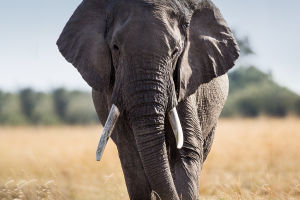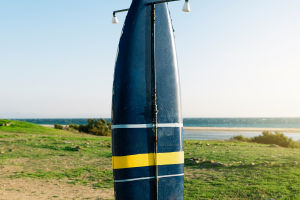Japan is a country with a rich culture, beautiful landscapes, and a deep love for cycling. Among the many cycling routes in Japan, the Mt. Fuji Loop is considered the most essential cycling route.
This 100-kilometer loop around Japan's most iconic mountain offers breathtaking views, challenging terrain, and a chance to experience Japan's natural beauty and cultural heritage.
The Mt. Fuji Loop is located in the Yamanashi Prefecture, west of Tokyo. The route starts and ends in the town of Fujikawaguchiko and takes cyclists through a variety of terrain, including steep climbs, descents, flat stretches, and winding roads. The route is also rich in cultural heritage, as it takes cyclists through small villages.
The best time to cycle the Mt. Fuji Loop is during the spring and autumn months when the weather is mild, and the foliage is at its most vibrant. However, it is possible to cycle the route year-round, although winter can be challenging due to snow and icy roads.
The Mt. Fuji Loop can be cycled in either direction, but most cyclists prefer to start in Fujikawaguchiko and cycle clockwise. This way, they can enjoy a gradual ascent to the highest point of the route, which is the Fujinomiya Trail entrance at an elevation of 2,500 meters. From there, cyclists can enjoy a thrilling descent down to the base of the mountain.
The first leg of the route is a relatively easy ride along the northern shore of Lake Kawaguchiko. This part of the route offers stunning views of Mt. Fuji and is a popular spot for photographers. Along the way, cyclists can stop at the Itchiku Kubota Art Museum, which showcases the work of a famous Japanese textile artist.
After leaving the lake, cyclists will encounter the first significant climb of the route, the Saiko Yama Climb. This climb is a challenging 5-kilometer ascent with an average gradient of 7%.
Cyclists will need to pace themselves and conserve their energy for the rest of the route.
After the Saiko Yama Climb, cyclists will descend into the Aokigahara Forest. This dense forest is also known as the "Sea of Trees" and is famous for its eerie atmosphere and the numerous caves formed by the lava flows from Mt. Fuji. Cyclists can take a break from the road and explore the forest and its surroundings.
The next leg of the route takes cyclists through small villages and towns, where they can experience Japan's traditional way of life.
The final leg of the route is the ascent to the Fujinomiya Trail entrance. This climb is a tough 20-kilometer ascent with an average gradient of 6%. Cyclists will need to be in the good physical condition and be prepared for changing weather conditions.
The climb offers stunning views of Mt. Fuji and the surrounding landscapes, making it a memorable experience for any cyclist.
After reaching the Fujinomiya Trail entrance, cyclists can enjoy a thrilling descent back to the base of the mountain. This descent is a technical and challenging ride, so cyclists will need to be cautious and attentive.
The Mt. Fuji Loop is an essential cycling route in Japan that offers a unique blend of natural beauty, cultural heritage, and challenging terrain. The route is suitable for experienced cyclists who are in good physical condition and have the necessary gear and equipment.


